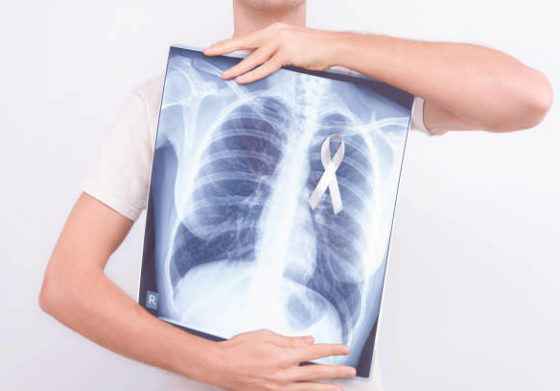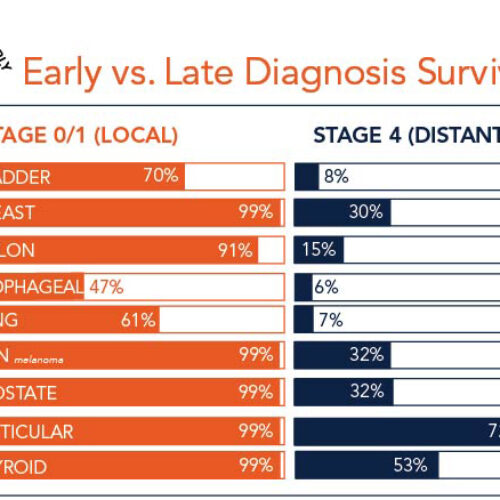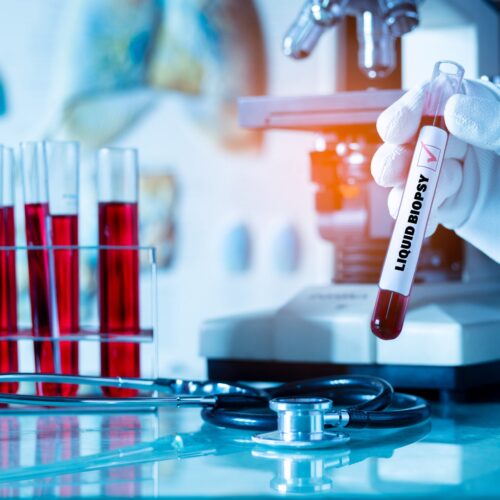
Lung cancer is the second most common non-skin cancer among American men and women.
Lung cancer falls second only to prostate cancer in men and breast cancer in women. However, lung cancer is the leading killer. Each year, more people die of lung cancer than colon, breast, and prostate cancers combined.
The American Cancer Society estimates that in 2016 there will be about 224,390 new cases of lung cancer and 158,080 deaths from lung cancer. About 1 in 4 cancer deaths are caused by lung cancer.
What are some of the risk factors for lung cancer?
Smoking is the leading cause of lung cancer. In fact, it causes a staggering 9 out of 10 cases of lung cancer in men and about 8 out of 10 cases in women.
Smoking doesn’t just affect you, either. Secondhand smoke, which is smoke inhaled by those around you, can also cause lung cancer. Non-smokers who inhale secondhand smoke are exposed to the same cancer-causing agents as smokers.
Age also plays a role, with roughly 2 out of 3 lung cancers diagnosed in people over the age of 65. However, cancer, including lung cancer, can happen at any age!
Has someone in your family had lung cancer? If so, you may be twice as likely to develop the disease. It’s important to know your family history.
You can also develop lung cancer even if you do not have any of the common risk factors. The biggest danger comes when people do not recognize their symptoms or delay seeing a doctor.
Recognizing the signs and symptoms of lung cancer is crucial for early detection.
- A persistent cough that doesn’t go away
- Coughing up blood
- Shortness of breath, wheezing, or noise breathing
- Loss of appetite
- Fatigue
- Recurring infections, such as bronchitis or pneumonia
Once you learn the signs and symptoms of lung cancer, share them with a friend or family member! By becoming educated on warning signs, you can help improve cancer survival rates and raise awareness for early detection.






